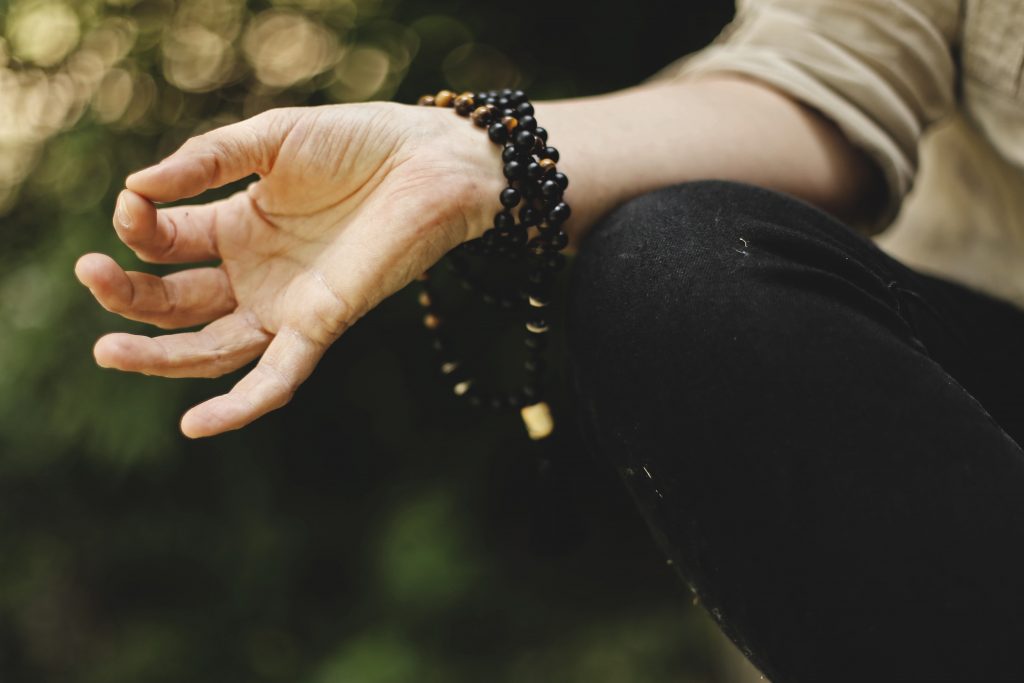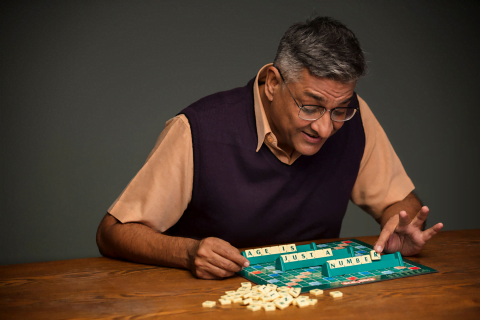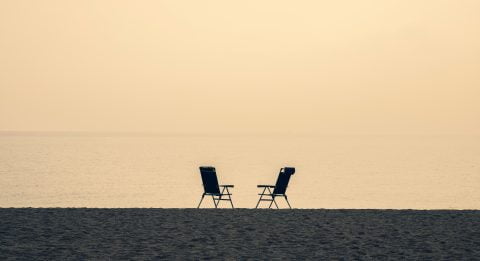Yoga has long been celebrated as a way to bring harmony to the body, mind, and spirit, and its benefits for seniors are increasingly being recognised. Yoga is a mind-body activity that can benefit people of all ages—including older adults who want to maintain mobility levels and vitality. Four main types of exercise (endurance, strength, balance and flexibility) can positively impact physical health and brain health as you age, according to the National Institute on Aging, and yoga encompasses all of them.
In a study published in BMC Complementary and Alternative Medicine, researchers examined specific yoga poses for older adults. The aim was to understand how these poses could strengthen key areas such as the ankles, knees, and hips, ultimately improving balance and reducing the risk of falls.
Benefit of yoga poses for older adults
Yoga’s potential advantages for seniors are broad-ranging, spanning from physical benefits such as enhanced strength, flexibility, and balance to mental well-being improvements like better sleep quality, cognition, and reduced pain. Furthermore, it has shown promising results in managing metabolic conditions like hypertension, high glucose levels, and high cholesterol.
However, before embracing yoga, it’s crucial to understand the potential risks, especially for individuals with specific health concerns such as osteoporosis, arthritis, or uncontrolled high blood pressure. Seeking guidance from healthcare professionals before starting a new exercise regimen is highly advisable. Additionally, a mindful approach to yoga practice, with a focus on individual capabilities and limitations, is essential for a safe and enjoyable experience.
Recommended Poses
To help older adults integrate yoga into their wellness routine, here are three yoga poses for older adults that can be tailored to accommodate varying physical abilities and limitations:
Side Warrior Pose
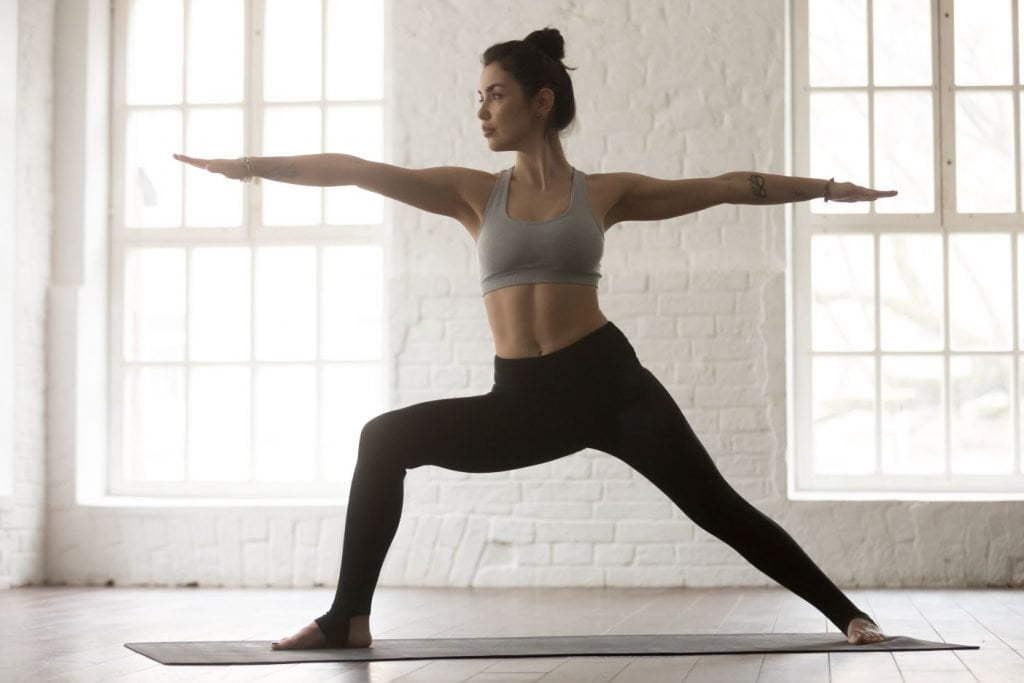
- Begin by finding a stable standing position, with feet placed shoulder-width apart.
- Turn the right foot 90 degrees to the right and slightly angle the left foot inward. Place hands on the waist, ensuring a firm grounding through the feet and elongation through the crown of the head.
- As you exhale, bend the right knee until it aligns with the ankle, simultaneously extending the arms out from the shoulders and gazing over the right hand.
- Hold the pose for five deep breaths to experience its strengthening effects.
- To release, press into the right foot, straighten the leg, and pivot the feet back to center.
- Return to a comfortable standing position, and repeat on the other side.
Suggested Modifications:
- Adjust your stance for added stability.
- Utilise a chair for support if needed. This form of yoga is termed chair yoga.
- Consider a seated position, extending your legs into a wide-legged stance or “V” shape for added comfort.
Simple Reclining Twist
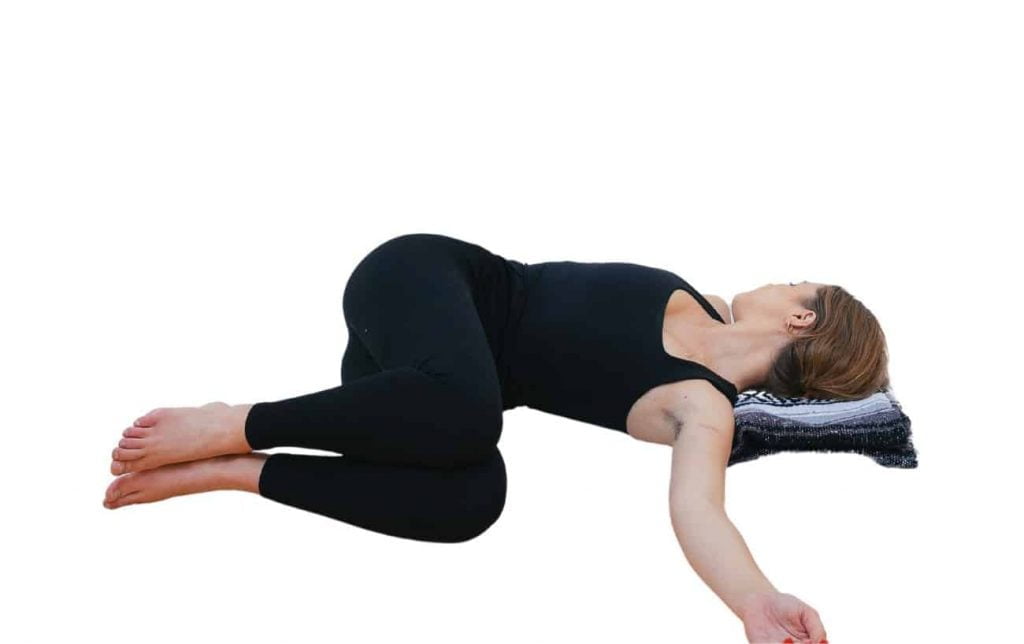
- Begin by lying on your back with knees bent and feet hip-width apart.
- Lift your hips and shift them to the left, placing the weight on your right hip.
- Extend your arms out from the shoulders with palms facing up, then draw your knees toward your chest and drop them to the right while rolling onto the right hip.
- Allow your left shoulder blade to stretch toward the floor and rest your right hand on your left thigh for added support.
- Breathe deeply and hold the pose for three to five minutes, feeling the gentle twist’s soothing effects.
- To release, lift your knees back to the center, press into your feet, and shift your hips back to the center.
- Take a moment to pause, breathe, and experience the calming impact of the posture before repeating the twist on the other side.
Suggested Modifications:
- Place a pillow or blanket beneath your knees for added comfort and support, especially if you experience back pain or reduced mobility.
- Keep your arms alongside your body if reaching them out causes discomfort, particularly for those with upper back or neck pain.
- Try practicing this pose on a bed if getting to the floor is challenging, making it an ideal option for a calming morning or evening routine.
Relaxation Pose
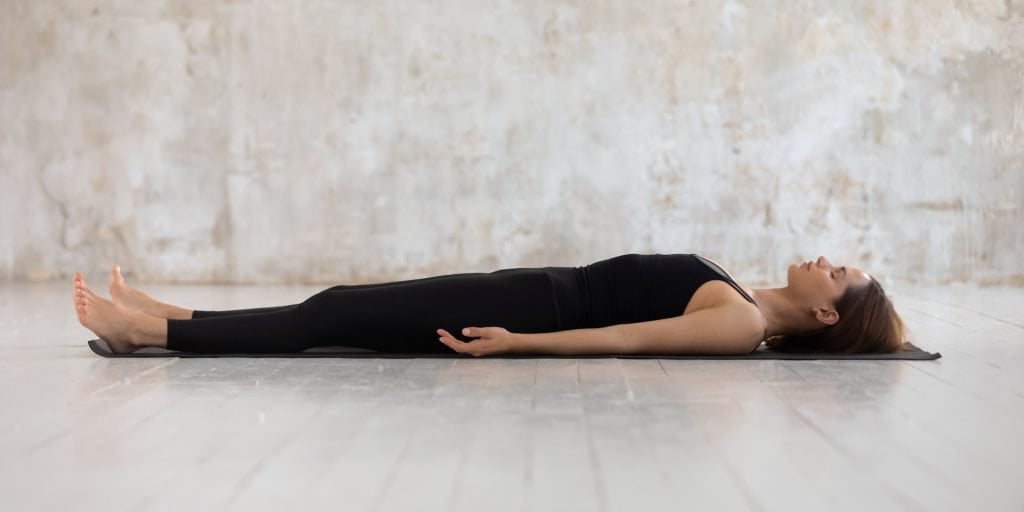
- Lie on your back with palms facing up along the sides of your body or facing down on your torso.
- Extend your legs straight and take three deep, slow breaths to initiate relaxation.
- Start to unwind your body, beginning from the feet and gradually moving up to the hands, arms, back, abdomen, chest, neck, and head. If time allows, stay in this position for 10 to 30 minutes to fully benefit from the restorative and meditative qualities.
- To release, gently introduce some movement into your hands and feet, allowing your breath to deepen. Eventually, enjoy a full-body stretch, extending your arms and legs.
- Roll over to one side and slowly transition to a seated position.
Suggested Modifications:
- Enhance your comfort by using blankets, pillows, bolsters, or blocks, ensuring an ideal restful position. You can place a pillow under your head and knees to make lying flat more accessible.
- If lying on the floor is not feasible, consider sitting in a chair, especially if mobility is a concern.
- Keep your knees bent if lying flat causes discomfort, particularly for those with low back pain or reduced mobility.
A versatile form of yoga is “chair yoga” that adapts traditional yoga poses for older adults in a seated practice, making it accessible to individuals with limited mobility or those seeking a quick break from their daily routine. Despite being seated, chair yoga retains the essential body mechanics of yoga poses, allowing participants to perform modified twists, hip stretches, forward bends, and gentle backbends.
These yoga poses for older adults can be practiced in the serene ambiance of your home, at a local gym, or even at a community center. If you’re searching for guidance, look for a yoga instructor who prioritises individual well-being and encourages a mindful, self-aware approach to practice.
As Sarika Gahlaut, a yoga instructor with more than two decade of experience beautifully states, “Yoga allows us to continue to enjoy our lives, to keep moving with our grandchildren, to appreciate the beauty of nature, and all that life has given us.”
It’s never too late to embark on a journey toward wellness and inner peace with the transformative power of yoga. And if you found these tips simple and practical, you will also like this post on ways to manage your stress better in this post here.
Discover how well your brain is ageing and improve memory, focus, and attention. Take control of your cognitive age today!
